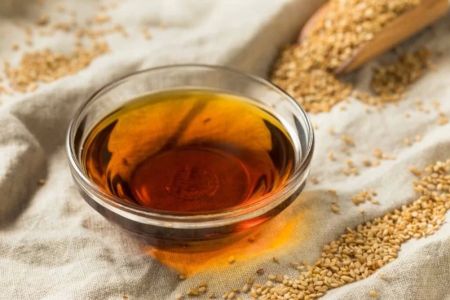Understanding Chinese Food Ingredients: A Deep Dive into Traditional Flavors
Growing up, Chinese food was always a family favorite in my household. I remember visiting local Chinese restaurants, and over the years, I became increasingly curious about the ingredients used in Chinese cooking. The more I explored the kitchen, the more I realized that the complexity of Chinese food lies not just in its techniques, but in the wide variety of ingredients that are often unfamiliar to many. In this article, I’ll take you through some of the essential Chinese food ingredients that bring those bold, vibrant flavors to life, and share my personal experiences with them. Whether you’re an aspiring home cook or a food enthusiast, understanding these ingredients will give you a deeper appreciation for Chinese cuisine.
1. The Core Condiments: Soy Sauce, Oyster Sauce, and Hoisin Sauce
The first thing that comes to mind when I think of Chinese food is soy sauce. It's a staple in most Chinese kitchens and is used to season everything from stir-fries to soups. There are different types of soy sauce, but the two most common are light soy sauce and dark soy sauce. I learned that light soy sauce is saltier and thinner, perfect for seasoning, while dark soy sauce adds a rich, sweet flavor and darker color to dishes like braised meats or red-cooked chicken.
Another essential ingredient I use regularly is oyster sauce. This sauce is made by cooking oysters with salt, sugar, and other ingredients to create a thick, savory condiment with a bit of sweetness. It’s perfect for stir-fries, especially those with vegetables like bok choy or mushrooms. I remember the first time I used oyster sauce in a stir-fry—it's incredible how it added a depth of umami that I couldn’t have achieved with soy sauce alone.
Hoisin sauce is another key condiment that is frequently used in Chinese cuisine, especially in dishes like Peking duck. Hoisin sauce is sweet, tangy, and slightly spicy, and I love using it as a glaze for meats or as a dipping sauce. It’s a great example of how Chinese cooking balances sweet, salty, and savory flavors, creating layers of taste that make each bite exciting.
2. Rice and Noodles: The Foundation of Many Dishes
No Chinese meal is complete without rice or noodles. Rice, in particular, is a staple in almost every Chinese home I’ve visited. Jasmine rice, with its fragrant aroma, is commonly used in many dishes, but the long-grain rice often found in fried rice is also a popular option. I’ve experimented with both, and I can tell you from experience that the texture of the rice is crucial. It should be fluffy and slightly sticky to help it absorb sauces and seasonings.
Noodles, on the other hand, come in various forms, from egg noodles to rice noodles, and they can be used in everything from soups to stir-fries. I’ll never forget the first time I made a stir-fried noodle dish using the wide rice noodles typically used in dishes like chow fun. The chewy texture of the rice noodles was absolutely perfect for holding up to the bold flavors of soy sauce, garlic, and ginger.
3. The Aroma of Ginger, Garlic, and Scallions
There are a few ingredients in Chinese cooking that are non-negotiable when it comes to flavor. Ginger, garlic, and scallions (green onions) are the foundation of many Chinese dishes, and I’ve learned to always keep them on hand. The fresh, peppery flavor of ginger is essential in marinades, stir-fries, and soups. I remember making my first homemade hot and sour soup and realizing that the combination of ginger and garlic was what gave the soup its signature warmth and kick.
Garlic, too, plays a crucial role in Chinese food. Whether it’s stir-fried with vegetables, used in sauces, or cooked into meat dishes, garlic’s pungency adds an unmistakable depth of flavor. I once tried making a simple stir-fry with garlic, oyster sauce, and broccoli, and the result was so much more flavorful than I had expected, even with just those basic ingredients.
Scallions, or green onions, are another indispensable ingredient in Chinese cooking. They are often used as a garnish, but they also lend their subtle onion flavor to sauces and stir-fries. I personally love using them as a finishing touch to dishes like scallion pancakes or dumplings, as they add a fresh, crisp bite that balances the richness of the other ingredients.
4. Essential Spices: Sichuan Peppercorns and Five-Spice Powder
For those who enjoy bold, spicy flavors, Sichuan peppercorns and five-spice powder are must-have ingredients. I first encountered Sichuan peppercorns when I tried my hand at cooking the famous mapo tofu. These peppercorns are unique because they don’t provide heat in the traditional sense but instead create a numbing sensation on the tongue, which pairs beautifully with the heat from chilies. This combination is one of the hallmarks of Sichuan cuisine, and I quickly became addicted to the intense, mouth-tingling flavor they impart.
Five-spice powder, on the other hand, is a blend of star anise, cloves, Chinese cinnamon, Sichuan peppercorns, and fennel seeds. The first time I used five-spice powder in a braised pork belly dish, I was amazed by how aromatic and flavorful the meat turned out. The spice blend brings a beautiful balance of sweet, savory, and aromatic notes to the dish. It’s used in a variety of Chinese recipes, from marinades to stir-fries, and adds a rich complexity to every bite.
5. Specialty Ingredients: Tofu, Lotus Root, and Dried Mushrooms
When I started exploring more authentic Chinese cooking, I discovered a whole new world of specialty ingredients like tofu, lotus root, and dried mushrooms. Tofu, for example, is incredibly versatile—it can be silky and smooth, or firm and hearty, depending on how it’s prepared. In a dish like mapo tofu, the silken tofu absorbs the flavors of the spicy sauce, creating a satisfying texture that’s both creamy and flavorful.
Lotus root, a crunchy, mildly sweet vegetable, is another ingredient I fell in love with while making stir-fries and soups. It adds texture to dishes, and when cooked, it becomes tender while retaining a bit of bite. I used lotus root in a stir-fry with snow peas and carrots, and the combination of flavors and textures was a hit at dinner.
Dried mushrooms, such as shiitake and wood ear, are common in Chinese cooking as well. I remember using dried shiitake mushrooms in a hot pot dish and being amazed at how much depth they added to the broth. Soaking them rehydrates them, releasing their umami flavor into the dish. These mushrooms are often used to add richness to broths and sauces, enhancing the overall flavor of the meal.


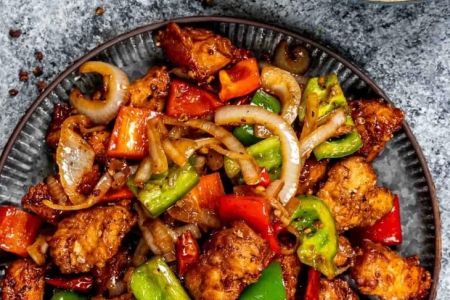
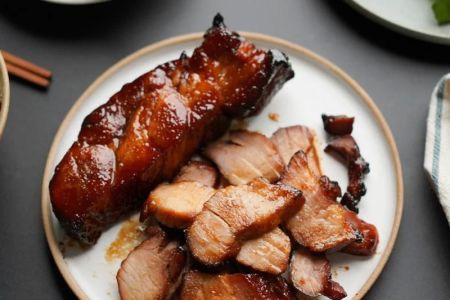
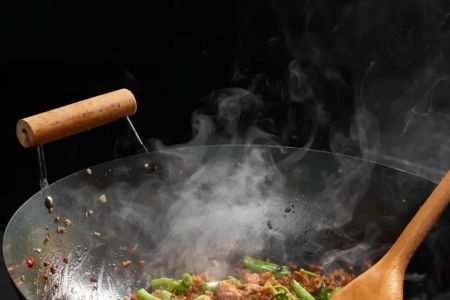
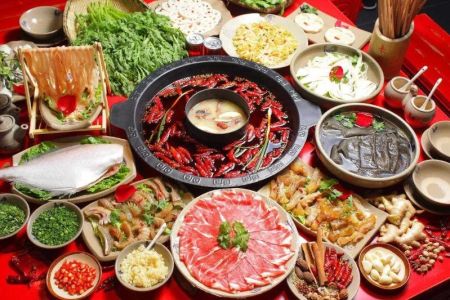
![Top Chinese Restaurants for Authentic Cantonese Cuisine in [Your City]](https://img.gochinarose.com/d33/2507/4157910400_450x300.webp)
